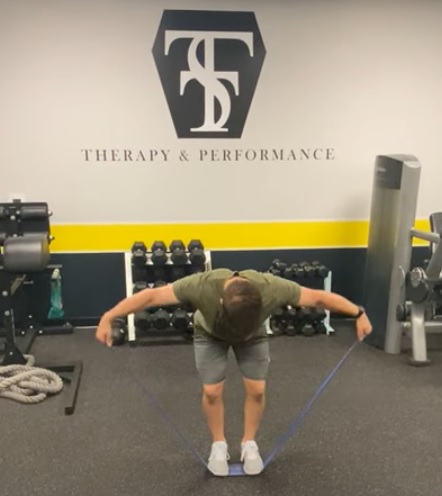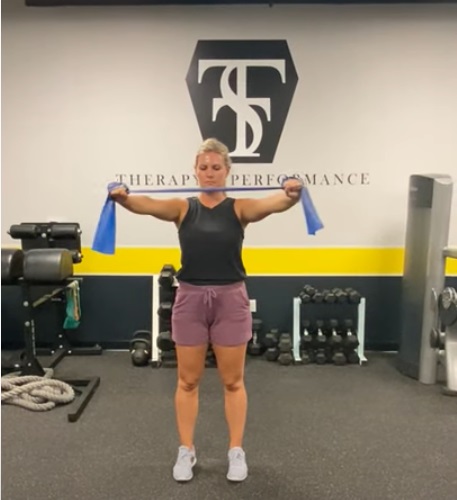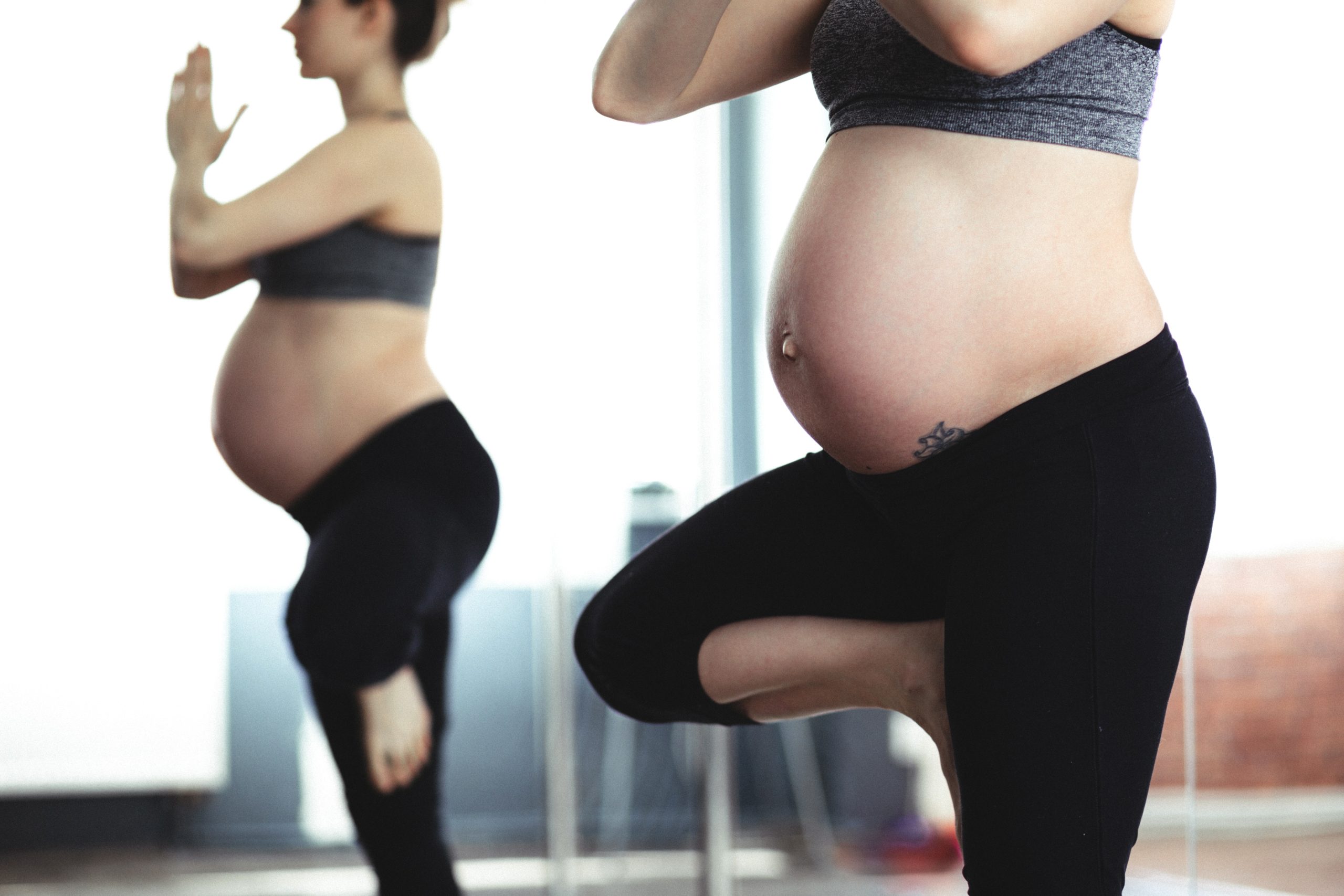by Robin Malanowski, PT, DPT
Research shows that exercise during pregnancy provides numerous health benefits including decreased pain, improved function of the heart and lungs, faster postpartum recovery, decreased insomnia, and gestational weight management. Current recommendations state that women who are pregnant should perform moderate, low-impact exercise 150 minutes a week.
High-Impact Activities and Adverse Outcomes
Average pregnant women who engage in high intensity exercise prevent excessive gestational weight gain, gestational diabetes, preeclampsia, pregnancy-induced hypertension, and even postpartum weight retention. This may also lead to better fetal outcomes (i.e. decreased risk of adult obesity, cardiovascular risk factors, and other chronic diseases). There is no significant association between vigorous exercise during pregnancy and preterm birth, unplanned C-section, low infant birth weight, or IUGR.
Diastasis of the Rectus Abdominus Muscle
Abdominal separation occurs when the tissue connecting the abdominal muscles stretches/thins. In pregnant women specifically, this separation results from a combination of core weakness and mechanical stress caused by fetal growth and organ displacement. Pregnant women should pay close attention to their core—especially when performing strenuous activities.
Exercise Adaptation
During pregnancy women experience numerous changes—belly size being the most predominant. These changes often require activity modification and occasional suspension. For instance, lying prone (on one’s stomach) should be discontinued until after birth. Another example is switching from jump squats to sumo squats to decrease impact and belly strain. Good form is perhaps the most important aspect to performing any exercise. If expecting mothers feel confident in their perinatal training and have no adverse responses to their exercises (vigorous or otherwise), then they may continue to perform those exercises throughout gestation. Above all else, women must listen to their bodies; if an activity causes pain or discomfort, then changes should be made.
What to Avoid
Women who are pregnant should avoid exercising in hot/humid climates; they should seek environments and wear clothing that permit adequate ventilation and cooling and ensure core temperature regulation. Pregnant women should also refrain from playing contact sports, doing activities that increase fall risk, and performing the Valsalva maneuver.
Warning Signs
Expecting mothers should be aware of the various signs that they are exercising too much. Signs include, chronic fatigue and feeling abnormally hot, dizzy, dehydrated, and/or weak. Vaginal bleeding or fluid leakage, chest pain, pain or swelling in the calf, and abnormal/painful uterine contractions are all major warning signs and warrant immediate consult.
If you have more questions about how to exercise during pregnancy, contact Dr. Malanowski at our Moon Valley clinic. She can be reached at 602-843-8486.






